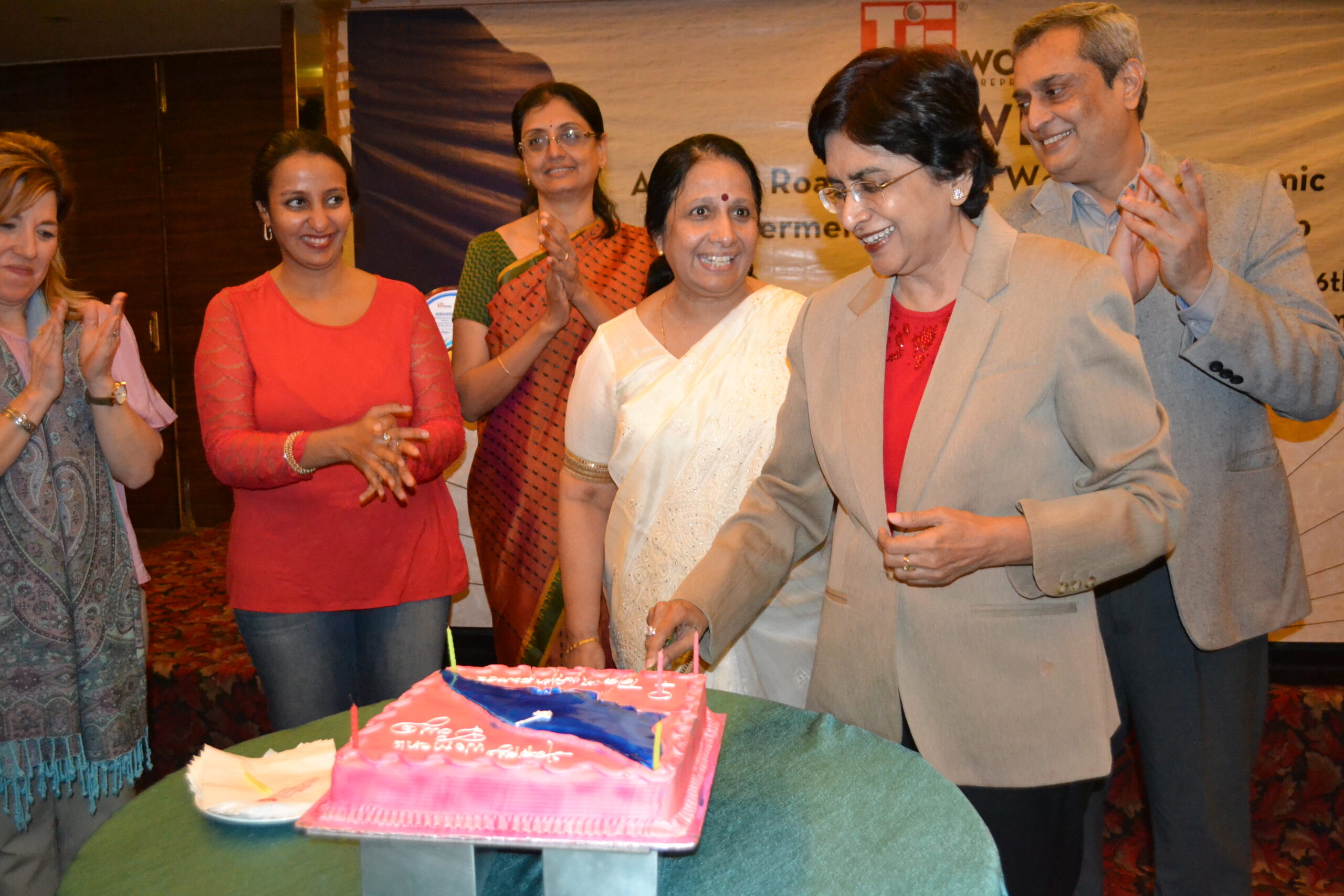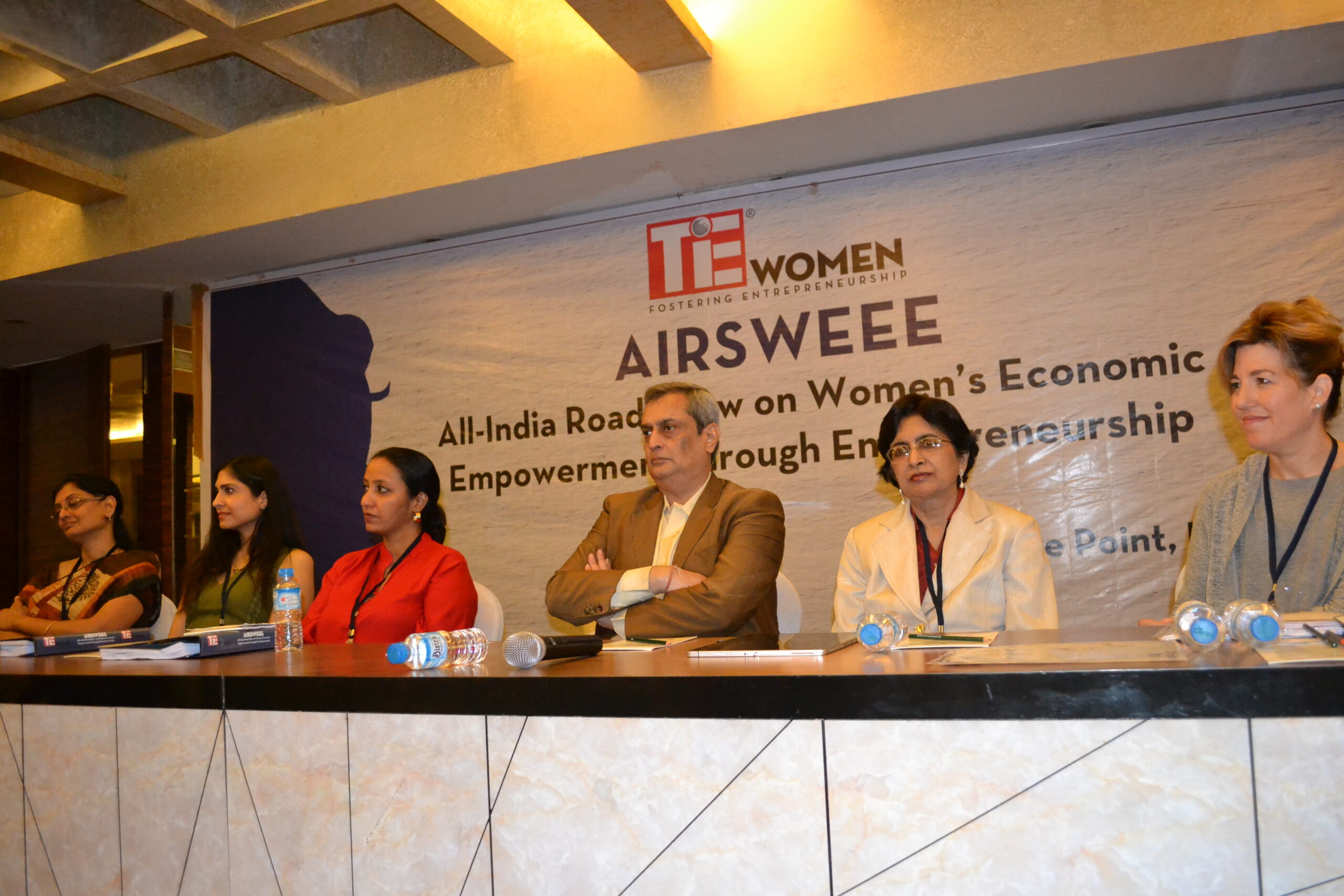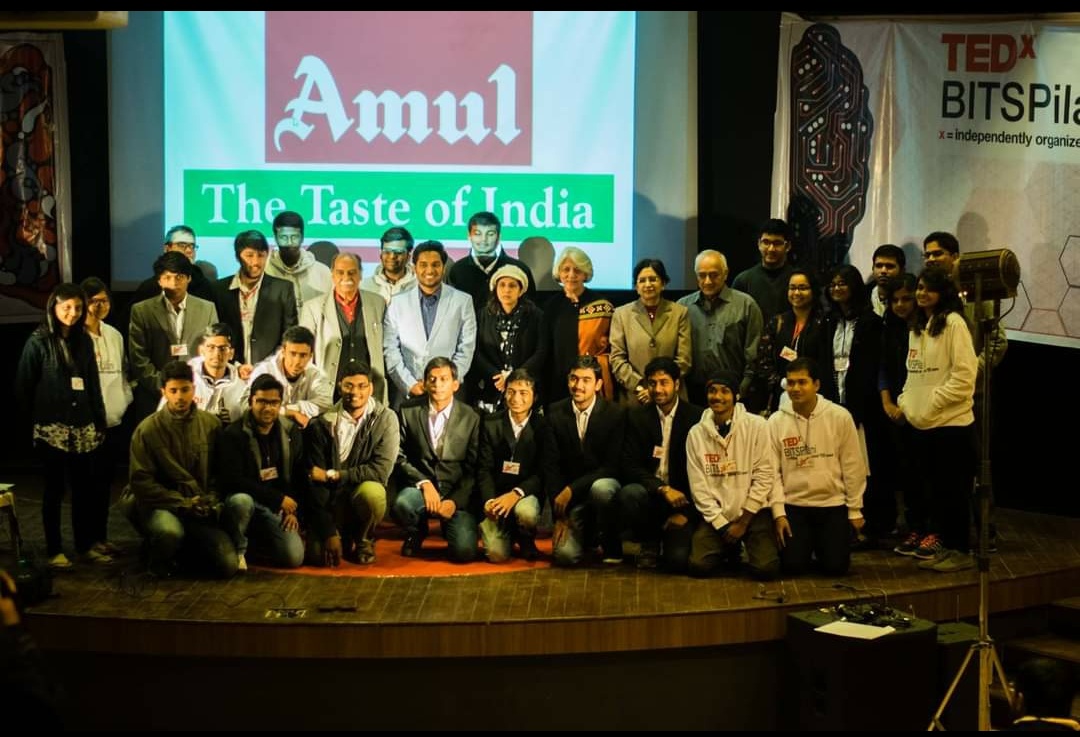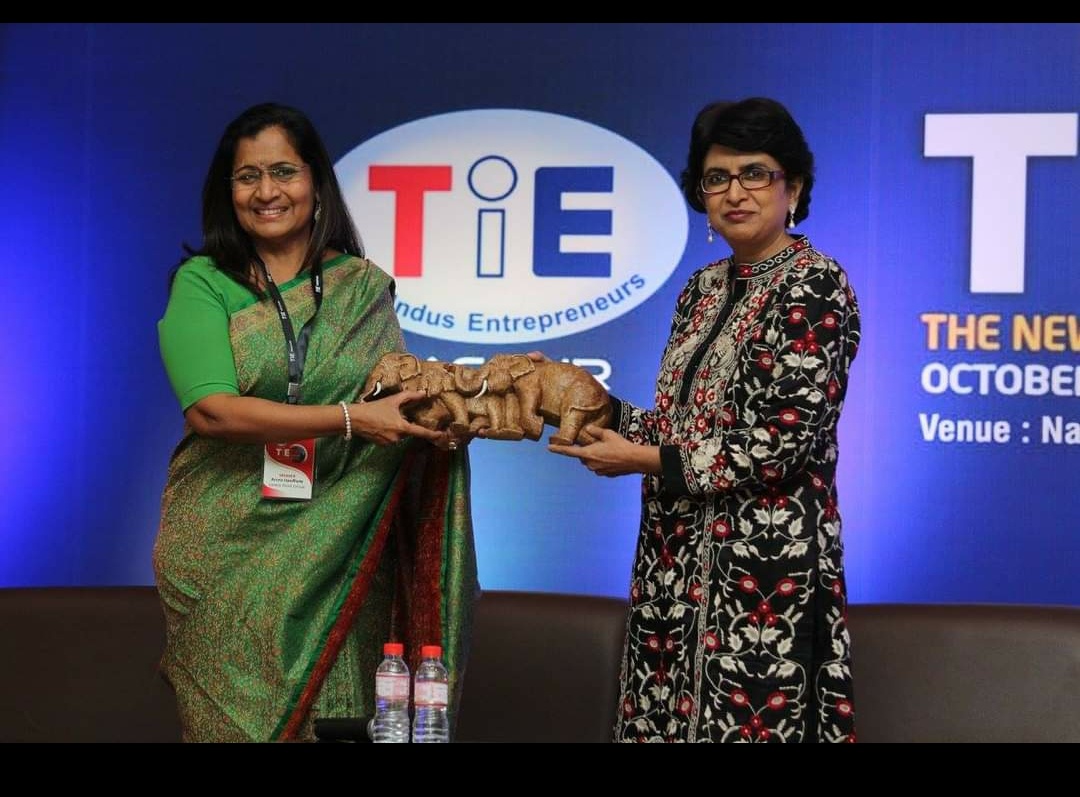“The many faces of happiness- Part 3”- 7 January 2018.
Happiness is the most needed virtue today as we realise that so many good aspects of life are on the decline- such as mental health, physical health, ethical values, moral behaviour, social decency, honesty in relationships, community engagement etc. Hence we witness an increase in rates of depression, suicide rates among the teens and youth, criminality, and rise in evil in general. At present more than ever we need to answer these two complex questions- what is happiness? How do we get there?
Most governments of countries world over in the last several decades have had economic growth as their main objective in their central policy. The rationale has been that by increasing national and individual incomes, people have more purchasing power and more choice and control over their lives that will make them happy. Frey, and Stutzer 2002, in their study say that- ‘the relationship between growing economic prosperity and both individual happiness and social well-being that may have existed in ‘developed countries’ appears to have broken down’. Shah and Marks 2004, comment, ‘whilst economic output has almost doubled in the UK in the last 30 years, life satisfaction has remained resolutely flat… Meanwhile depression has risen significantly over the last 50 years in developed countries’. They go on to argue that many people are ‘languishing’ rather than ‘flourishing’ in their lives. Estimates from the US suggest that less than 20 per cent of the population are flourishing and over 25 per cent are languishing, with the rest being somewhere in between.
The educational policy makers and school system too focuses on attainment of degrees and vocational skills for better economics rather than character building and happiness. Formal school system follows the government philosophy and supports it. This is now proving to be lop-sided and needs radical reforms. “On the basis of a review of 90 American studies,” Witter, Okun, Stock and Haring (1984) concluded that educational attainment accounts for between 1% and 3% of the variance in adult subjective well-being.” In their broad overviews of things that contribute to happiness or wellbeing, Myers and Diener (1995) and Diener and Seligman (2004) did not even mention education. Layard (2005) wrote that “education has only a small direct effect on happiness, though of course it raises happiness by raising a person’s income.” No wonder then modern and aware parents, frustrated and disgusted, are opting out of formal school systems and looking for healthier alternatives to education, such as “Homeschooling”, and other “Alternative education”, for their children’s well being and balanced growth that would foster creativity and personality development.
The search and study for happiness has been a major preoccupation for centuries in India as well as the Asian countries. Philosophers and sages have written about it in different ways. We have mentioned in our last columns what our ancient text, specifically the ‘Advaita Vedanta’ and the ‘Bhagavad Gita’ define the concept of ‘happiness’. We also briefly mentioned the western movement on ‘positive psychology’ that started two decades ago and its definition of ‘happiness’.
However the major breakthrough in the ‘Happiness’ debate came in July 2011, when it claimed centre stage globally, when the UN General Assembly passed a resolution on “Happiness: Towards a Holistic Definition of Development” thereby inviting member countries to measure the happiness of their people and to use the data to help guide public policy. The first World Happiness Report was released on April 1, 2012 as a foundational text for the UN High Level Meeting: Well-being and Happiness: Defining a New Economic Paradigm, drawing international attention. This was chaired by UN Secretary General Ban Ki-moon and Prime Minister Jigme Thinley of Bhutan, a nation that adopted ‘gross national happiness’ instead of ‘gross domestic product’ as their main development indicator. This sounds familiar and closer home!
The report outlined the state of world happiness, causes of happiness and misery, and policy implications highlighted by case studies. The experts include thinkers from the field of economics and psychology. Each report is organized by chapters that delve deeper into issues relating to happiness, including mental illness, the objective benefits of happiness, the importance of ethics and policy implications.
World Happiness Reports are issued yearly from 2012, with the exception of 2014. The data used to rank countries in each report is drawn from the Gallup World Poll. The Gallup World Poll questionnaire measures 14 areas within its core questions: (1) business & economic, (2) citizen engagement, (3)communications & technology, (4) diversity (social issues), (5) education & families, (6) emotions (well-being), (7) environment & energy, (8) food & shelter, (9) government and politics, (10) law & order (safely), (11) health, (12) religion and ethics, (13) transportation, and (14) work.
India unfortunately, the land of the Bhagvada Gita and Vedas, ranked 122 out of the 155 countries in 2017 measured in the ‘World Happiness Report’ and has gone down 4 notches from 118 in 2016. It is sadly behind its neighbours Pakistan and China. It could have learnt lessons from Bhutan but obviously we are chasing different and wrong role models.
Six variables have been highlighted as key differentiators between happy and unhappy countries. They are- income, healthy life expectancy, having someone to count in troubles, generosity, freedom and trust, with the latter measured by the absence of corruption in business and government. Norway has taken 1st place this year, followed by Denmark, Iceland and Switzerland. All of the top four countries rank highly on all the main factors found to support happiness: high levels of mutual trust, shared purpose, caring, freedom, generosity, honesty, health, income and good governance.
The Tibetan spiritual leader Dalai Lama asked Magsaysay award winner humanist Baba Amte, a simple question- “Baba, are you happy with your achievements in service to humanity?” Baba Amte, who left his flourishing law practice, to found a multi-utility colony called ANANDVAN, (forest of joy) where he created the potential of honorable living for the leprosy affected persons, visually impaired and the physically challenged and the socially challenged persons. In the process he created an unimaginably large network of social good-will that became a fuel of public good. To Dalai Lama’s question Baba smiled politely and responded –“your holiness I am happy but not contented. Because the last man on the final frontiers of human existence is yet to be liberated and happy.”Though he looked askance the Dalai Lama replied, “then Baba you are becoming ONE with the Universal GOD”.
Both the great men were following the tenets of Vedanta, the principle of DHARMA, translated into action, which is the ultimate form of happiness. We hope the New Year will bring new thoughts, new hopes and new resolutions for a happy society.
Concluded.









